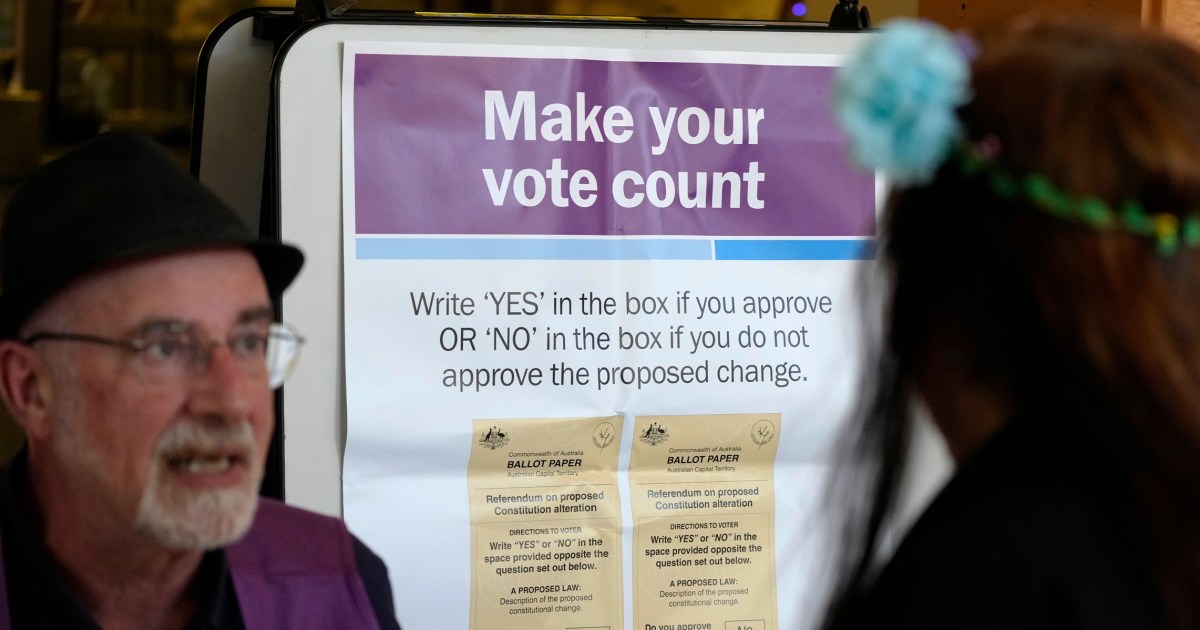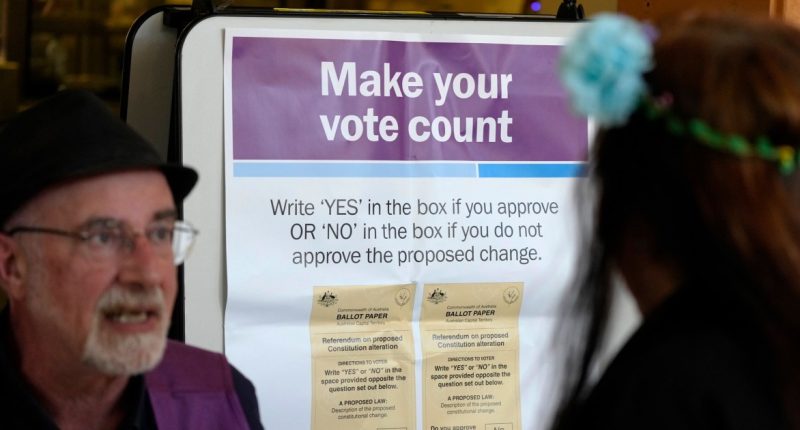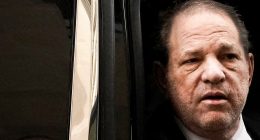
CANBERRA, Australia — Australians voted in a referendum Saturday against enshrining in the nation’s constitution a mechanism for Indigenous people to advise Parliament on policies that affect their lives.
Proponents said creating an Indigenous Voice via the constitution would recognize the special place that Indigenous people have in Australian history while giving them input in government policies.
Opponents argued it would divide Australians along racial lines without reducing Indigenous disadvantages.
Bipartisan support regarded as essential in Australia for successfully changing the constitution never emerged, and Indigenous leaders were divided on the idea.
Who are the indigenous Australians?
The Aboriginal people of Australia’s mainland are culturally distinct from Torres Strait Islanders who come from an archipelago off the northeast coast. So Australia’s Indigenous population is known collectively as Aboriginal and Torres Strait Islander people.
They accounted for 3.8% of Australia’s population in 2021, a 23.2% increase in five years, according to the Australian Bureau of Statistics.
Indigenous Australians are the most disadvantaged ethnic group in Australia. Indigenous men have a life expectancy of 71 years and Indigenous women 75 years. That’s 8.6 years shorter than other Australian men and 7.8 years shorter than other Australian women.
What is the Voice?
The proposal called for establishing “an Aboriginal and Torres Strait Islander Voice” that would advise Parliament and the government on Indigenous matters.
If the “yes” vote had won, the constitution would have been rewritten to say the Voice “may make representations” to Parliament and government “on matters relating to Aboriginal and Torres Strait Islander peoples.” Parliament would “have power to make laws with respect to the composition, functions, powers and procedures” of the Voice.
It’s not clear who would have been part of the Voice and how they would have get there. Proponents said the Voice would have included Indigenous Australians from all eight states and mainland territories, the Torres Strait Islands and remote and regional communities. Members would have been chosen by local Indigenous people and serve for a fixed period.
What were the cases for and against?
Proponents argued the Voice is needed because Indigenous Australians die years younger than other Australians, have a suicide rate twice that of the wider community, have worse rates of disease and infant mortality and fewer education opportunities. They said that is evidence Australia’s current approach isn’t working and a Voice would lead to governments making better decisions.
Opponents said the Voice would be the biggest change to Australian democracy in the country’s history and the biggest ever change to Australia’s constitution. They said it might worsen racial divisions.
Proponents said there would be no Indigenous right of veto over government policy and lawmakers would be free to disregard the Voice’s representations. Critics argued the courts might interpret the Voice’s constitutional position in unpredictable ways, creating legal uncertainty.
Opponents also warned that the Voice could be a first step toward Indigenous claims for repatriation and compensation.
Where did the idea come from?
The Voice was recommended in 2017 by a group of 250 Indigenous leaders who met at Uluru, a landmark sandstone rock in central Australia that is a sacred site to traditional owners.
The then conservative government rejected the proposal, saying that a Voice would be seen as a “third chamber” of Parliament, an unwelcome addition to the House of Representatives and the Senate.
When the center-left Labor Party won elections in May last year, Prime Minister Anthony Albanese used his first speech to commit his government to creating the Voice.
The Liberal Party and the Nationals party, which formed the previous conservative coalition government, both opposed the Voice.
How is Australia’s constitution changed?
The Voice is now the 37th referendum to fail. Only eight of the 45 changes proposed in referendums since the constitution took effect in 1901.
A referendum to change the constitution requires what is known as a double majority — the support of a majority of Australians nationwide plus a majority of voters in a majority of the six states.
Five referendum questions have failed because while they were supported by most Australians, they fell short of gaining majorities in at least four of the six states. Voter turnout is high because voting is compulsory.
When Australia last held a referendum in 1999, Indigenous recognition in the constitution was a key issue behind one of the questions.
In that vote, Australians rejected adding a preamble to the constitution — an introduction that carried only symbolic and no legal significance — acknowledging that Indigenous Australians had inhabited the country “since time immemorial” and were “honored for their ancient and continuing cultures.”
Source: | This article originally belongs to Nbcnews.com









